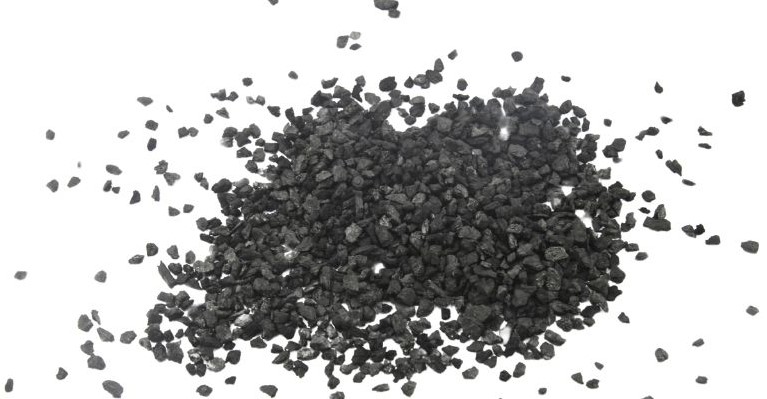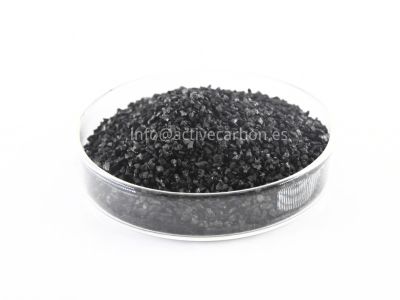Coffee is one of the world's most popular beverages, prized for its aroma, taste and the stimulating effect of caffeine. However, for those who need to limit their caffeine intake, traditional coffee can cause a number of health problems.
In this article, we will explore how the activated carbon can effectively eliminate caffeine from coffee, explaining the principle of this process, the characteristics and advantages of activated carbon, and recommending the types of activated carbon suitable for the elimination of caffeine.
Why Choose Activated Carbon for Decaffeination?

Activated carbon is particularly effective in removing organic compounds such as caffeine. Its porous structure, with a large specific surface area, allows activated carbon to efficiently adsorb caffeine without affecting the taste of the coffee. In addition, activated carbon is a natural and non-toxic material, which makes it the ideal choice for decaffeination.
Advantages of activated carbon for decaffeination:
- High adsorption capacity
- Efficient elimination of caffeine
- Does not affect the taste of coffee
- High chemical stability
- Natural and safe process
The Principle of Decaffeination with Activated Charcoal

The principle of caffeine removal with activated carbon is mainly based on physical adsorption. This occurs because the surface of the activated carbon has a large number of micro-pores, which can adsorb the caffeine molecules through weak interactions between molecules (such as Van der Waals forces).
When the coffee passes through the activated carbon, the caffeine molecules are attracted to these small pores, thus separating them from the beverage. Physical adsorption is not only efficient, but also preserves the flavor of the coffee well, avoiding the negative effects of chemical adsorption.
Activated Carbon for Decaffeinization

In the decaffeination process, the choice of the right activated carbon is crucial, as factors such as particle size, porosity and specific surface area must be considered. These characteristics determine the adsorption capacity and efficiency of the process. After many experiments, the granular carbon-based activated carbon has demonstrated excellent performance in decaffeination applications.
Due to its high porosity and specific surface area, it is able to effectively adsorb caffeine from coffee beans, maintaining the original flavor and nutrients. In addition, the stability of carbon-based granular activated carbon reduces potential damage to coffee beans during the decaffeination process.
It has the following characteristics:
- Low abrasion loss
- Excellent hardness
- High iodine value
- High mechanical strength
- Porous structure with high adsorption capacity
Conclusion
Activated carbon, as an effective material for decaffeination, has shown great application potential, effectively eliminating caffeine from coffee without affecting its taste and flavor.
If you are looking for a solution to eliminate caffeine, do not hesitate to contact us. contact with our professional team. We will be pleased to offer you advice.
